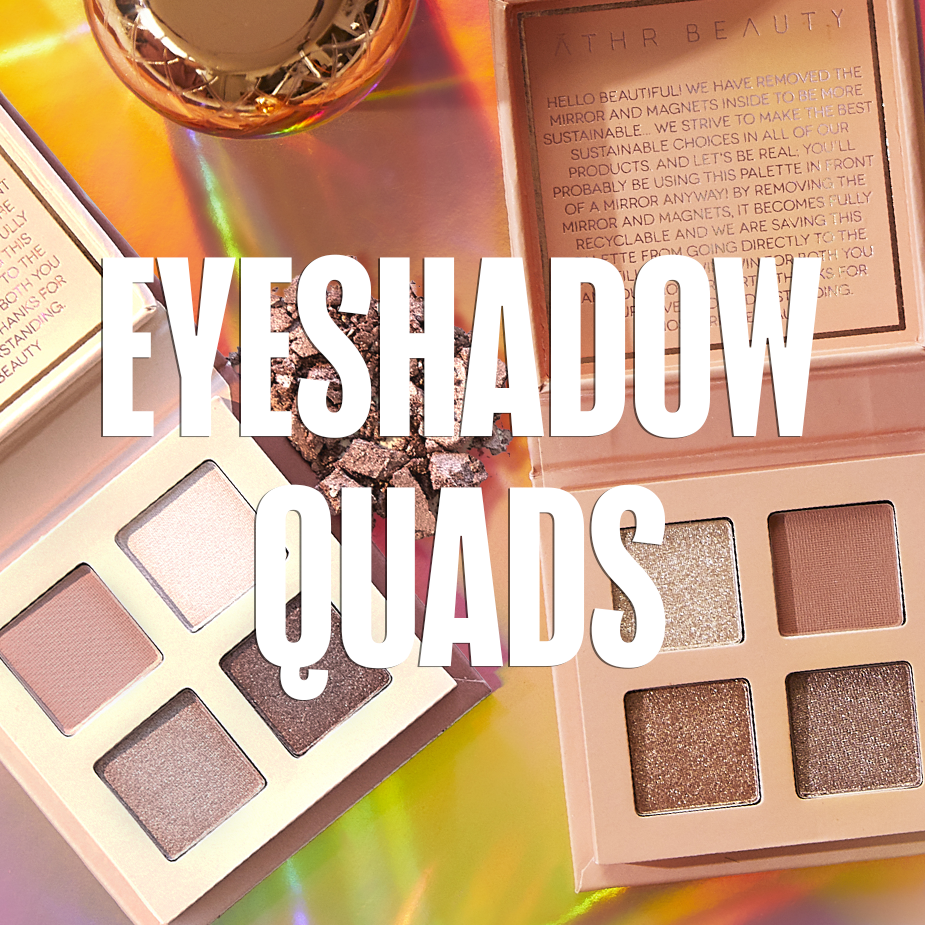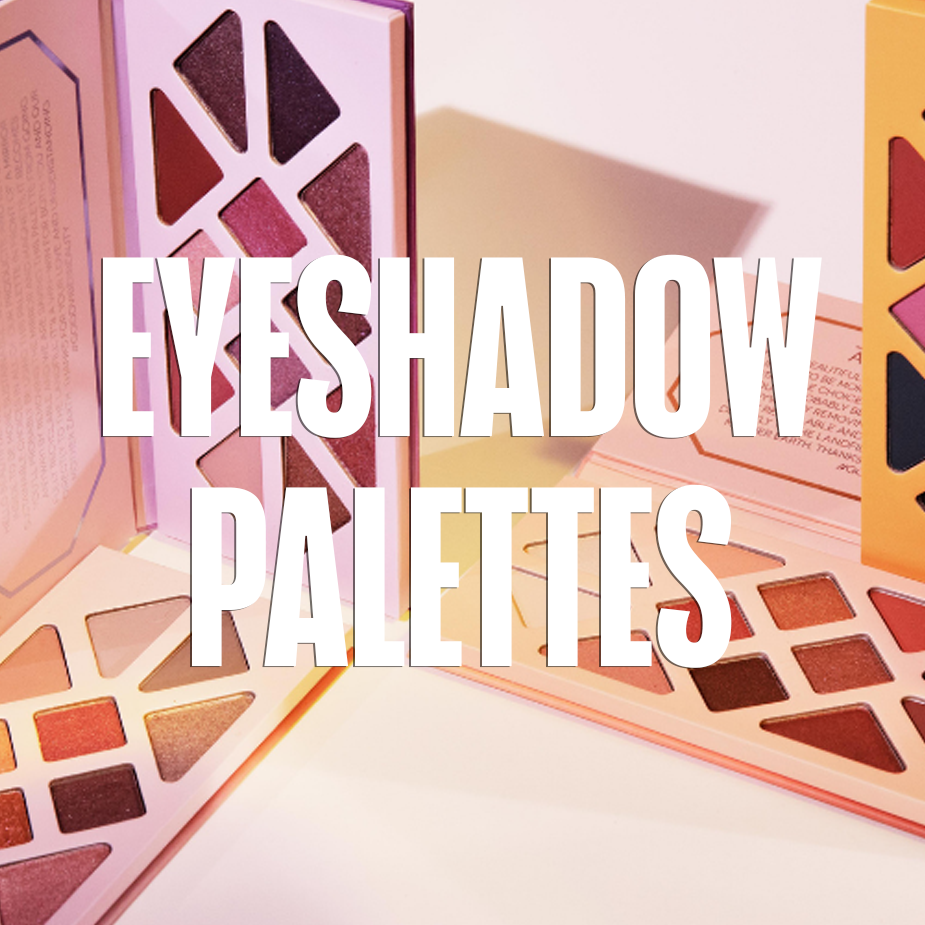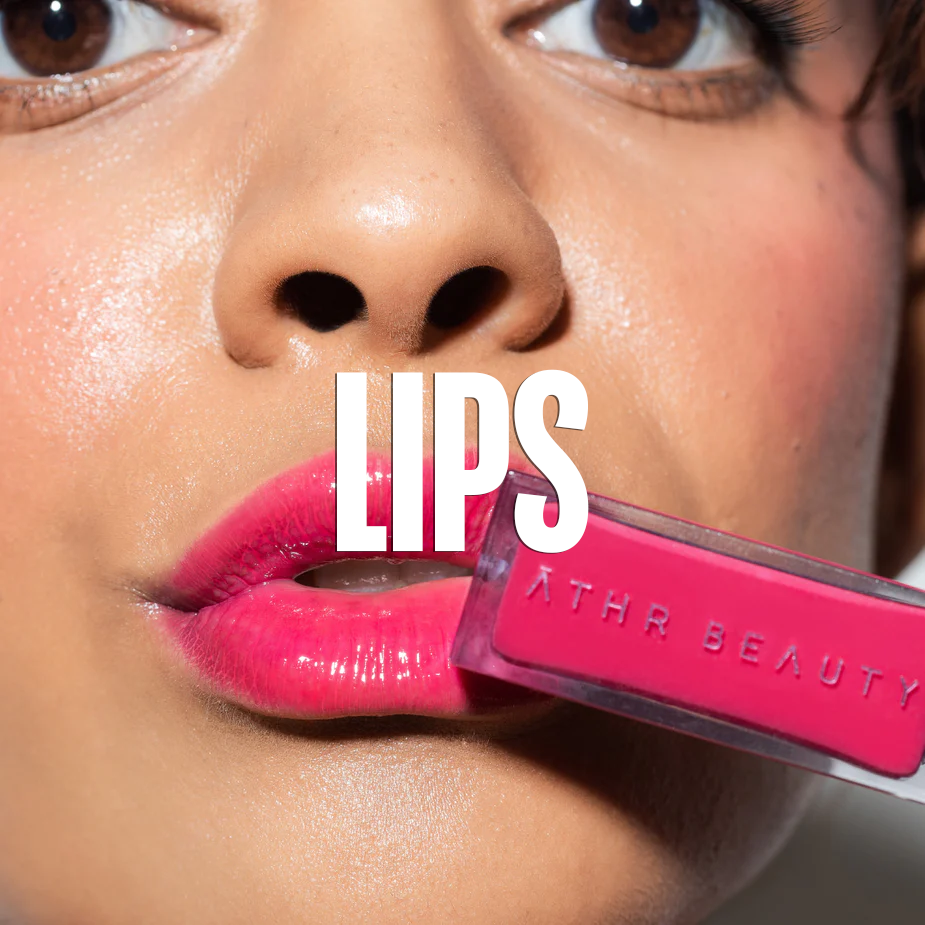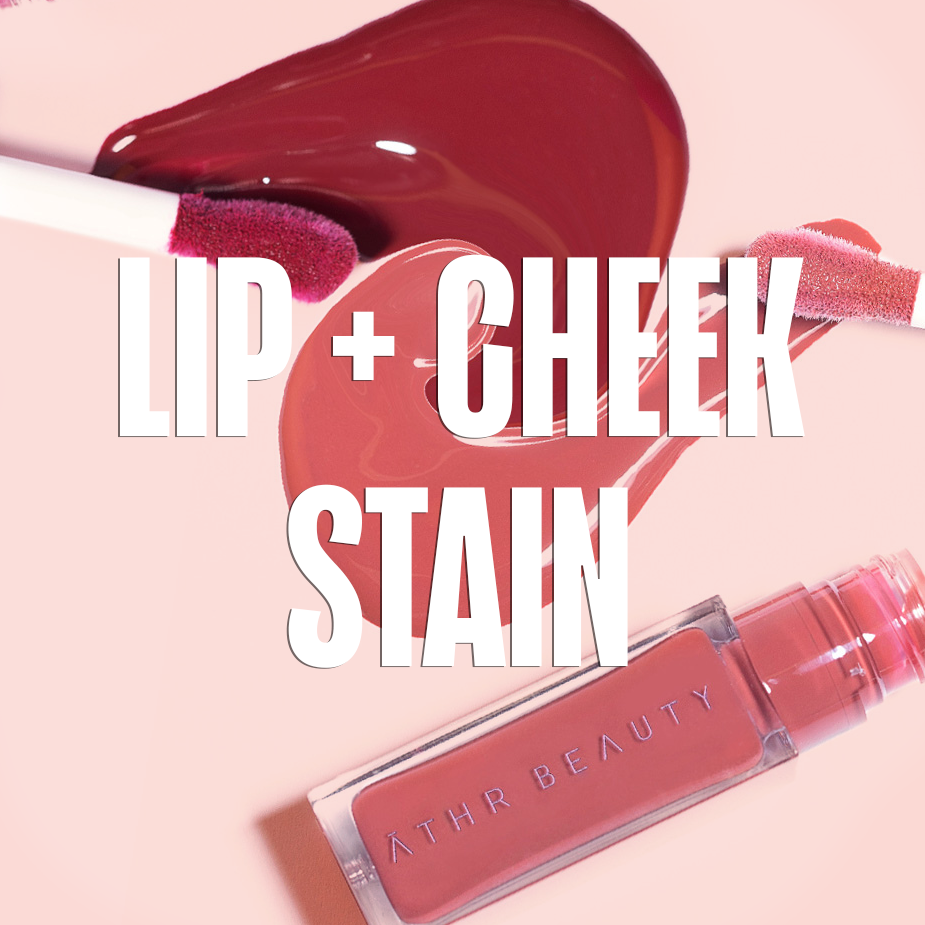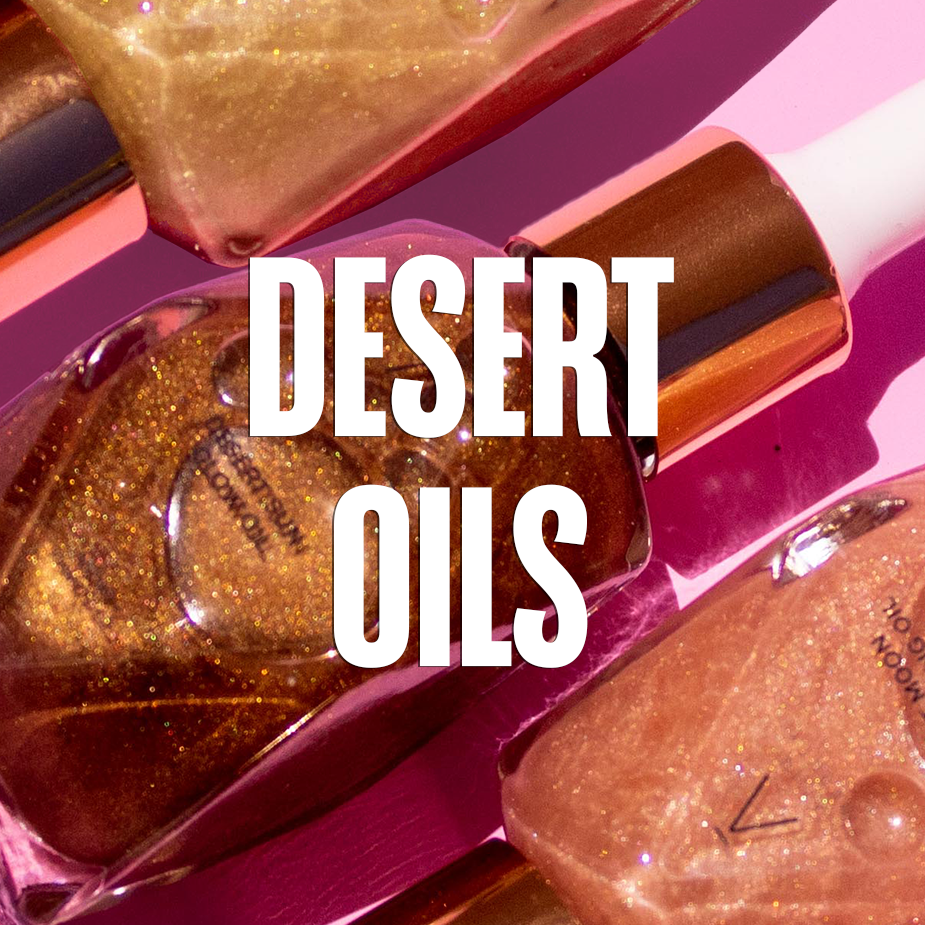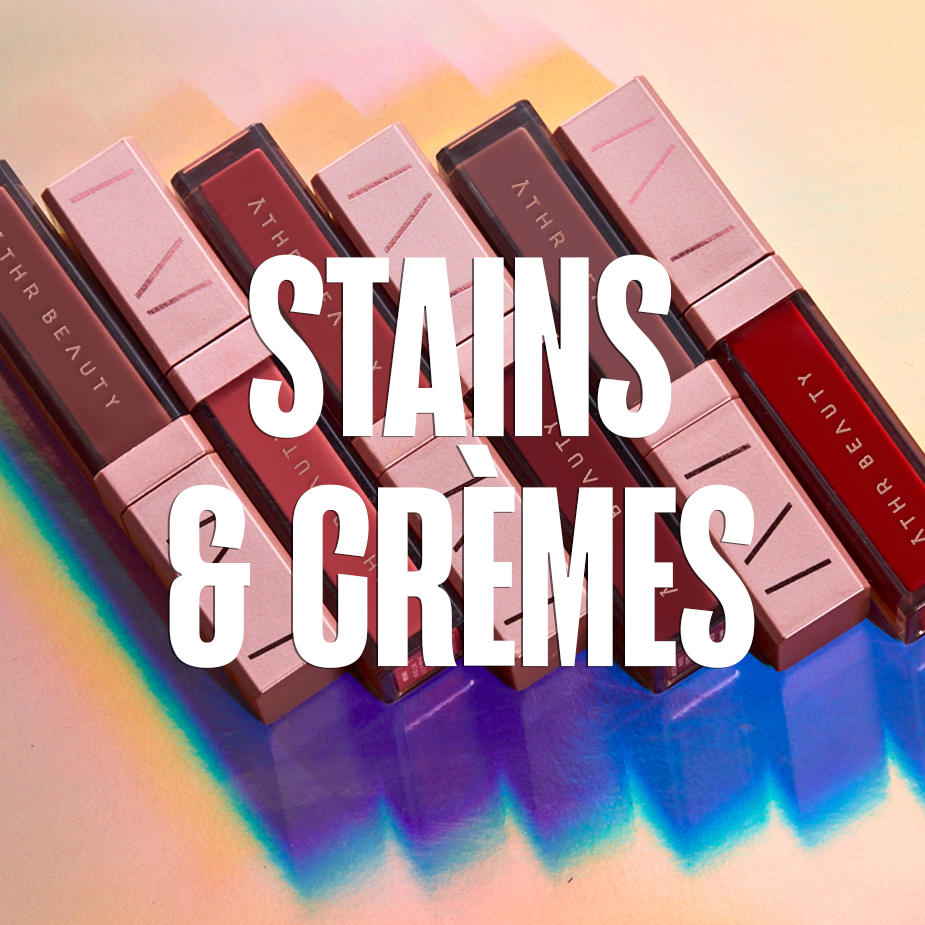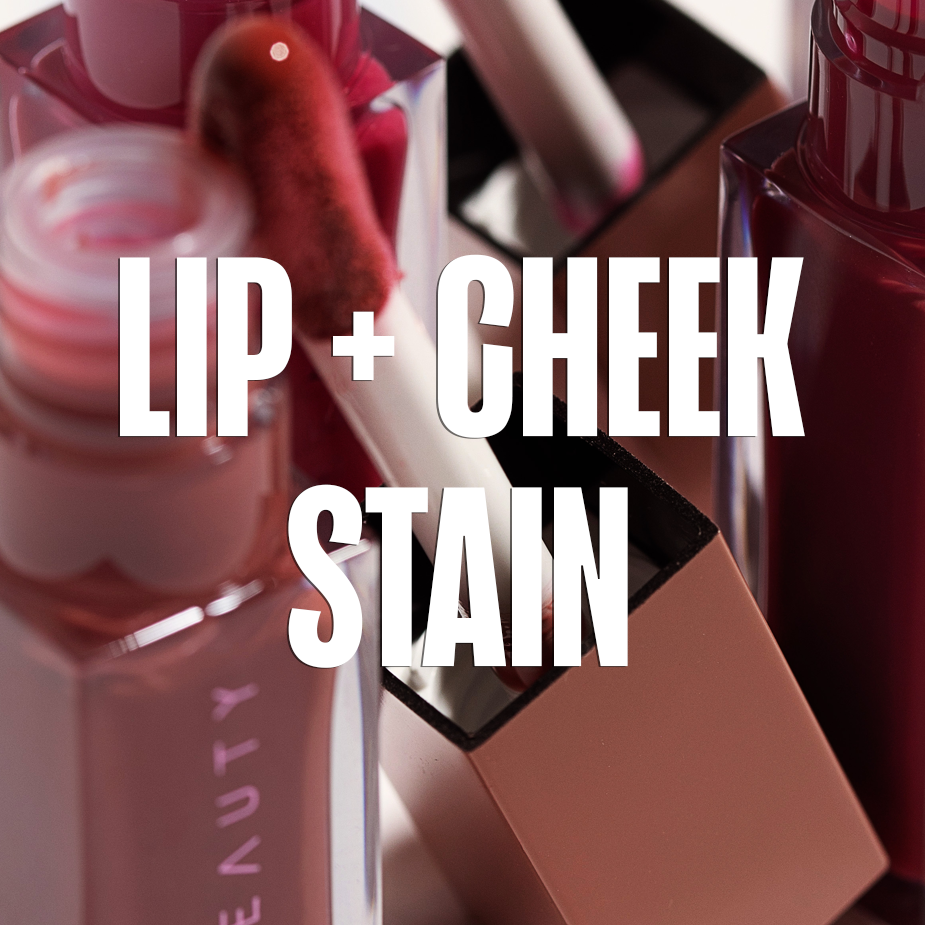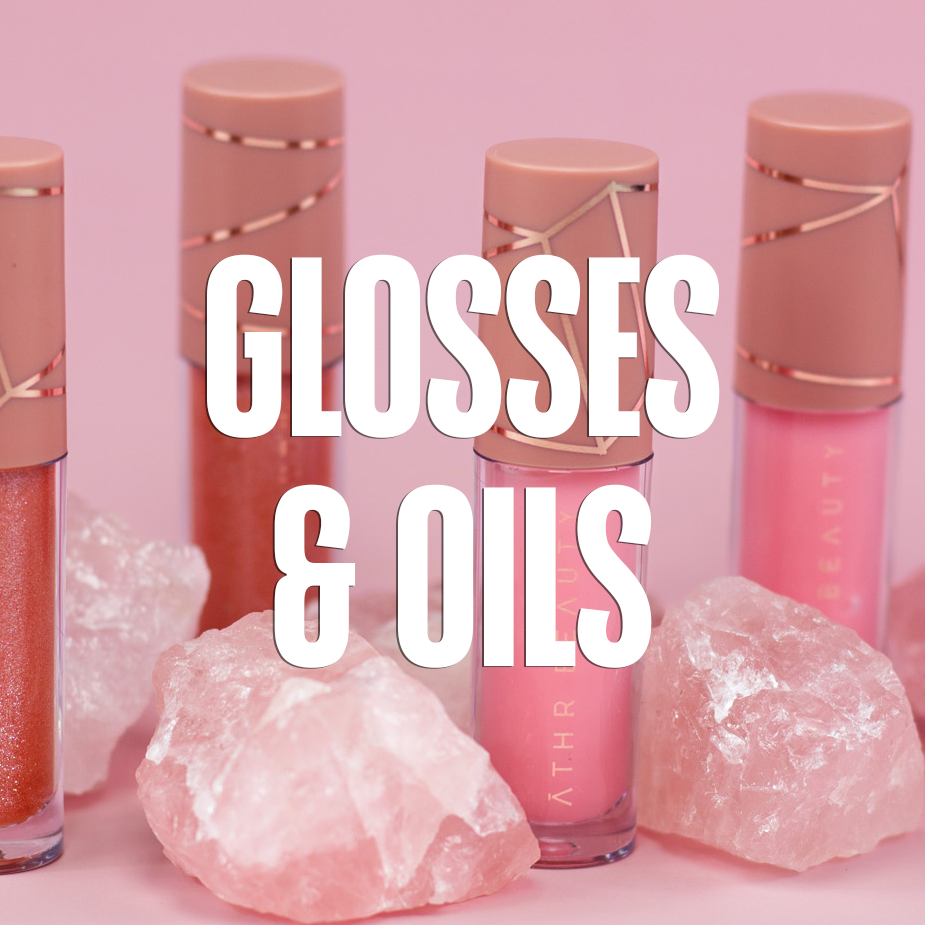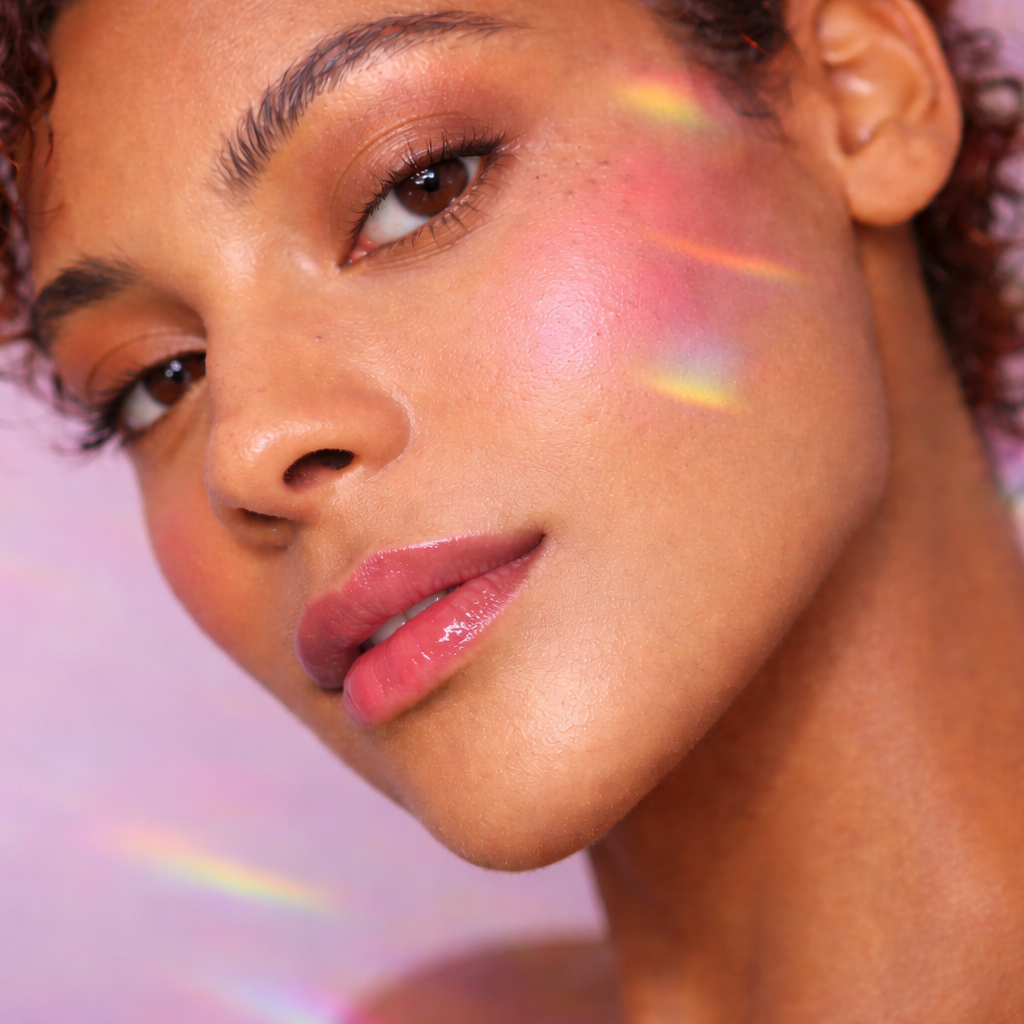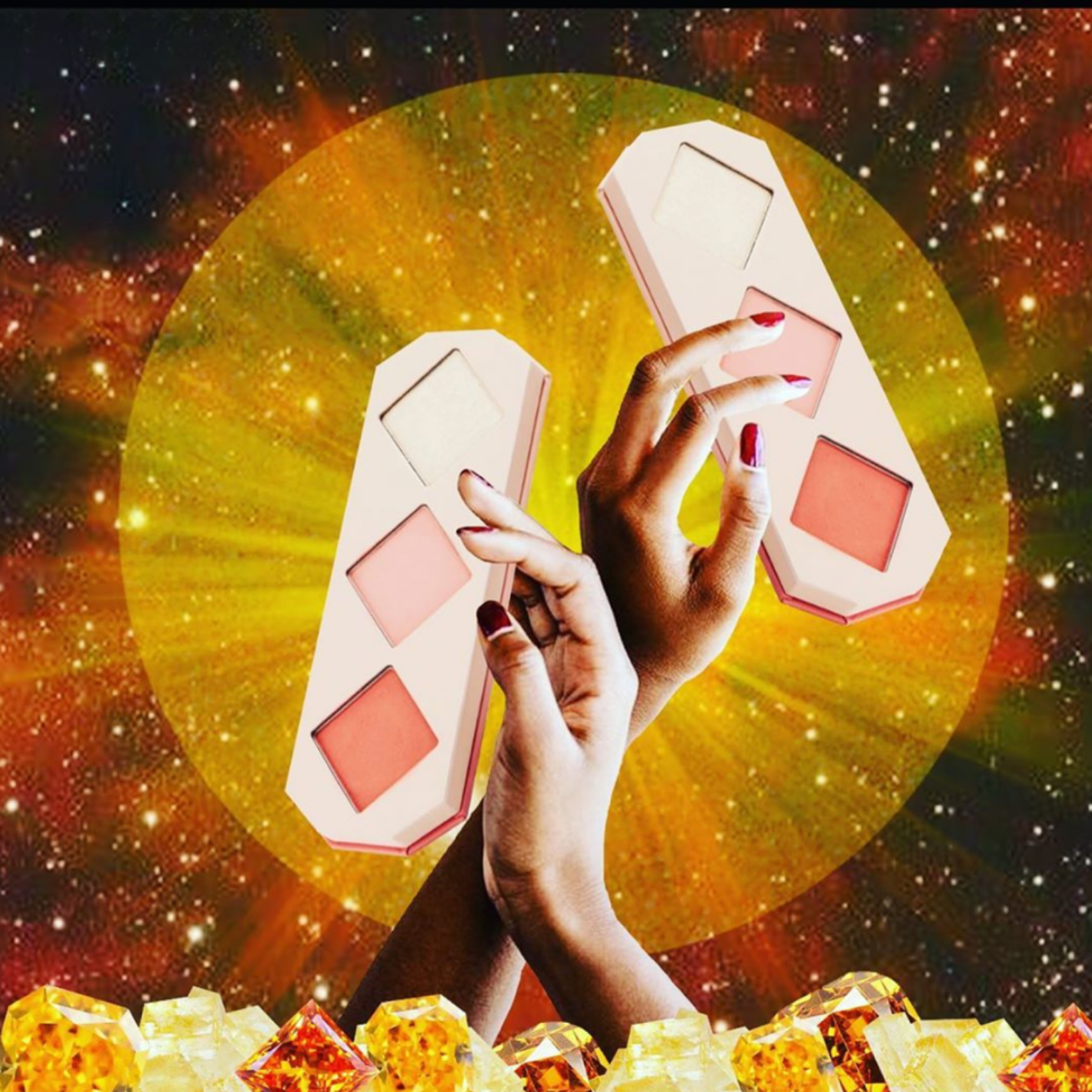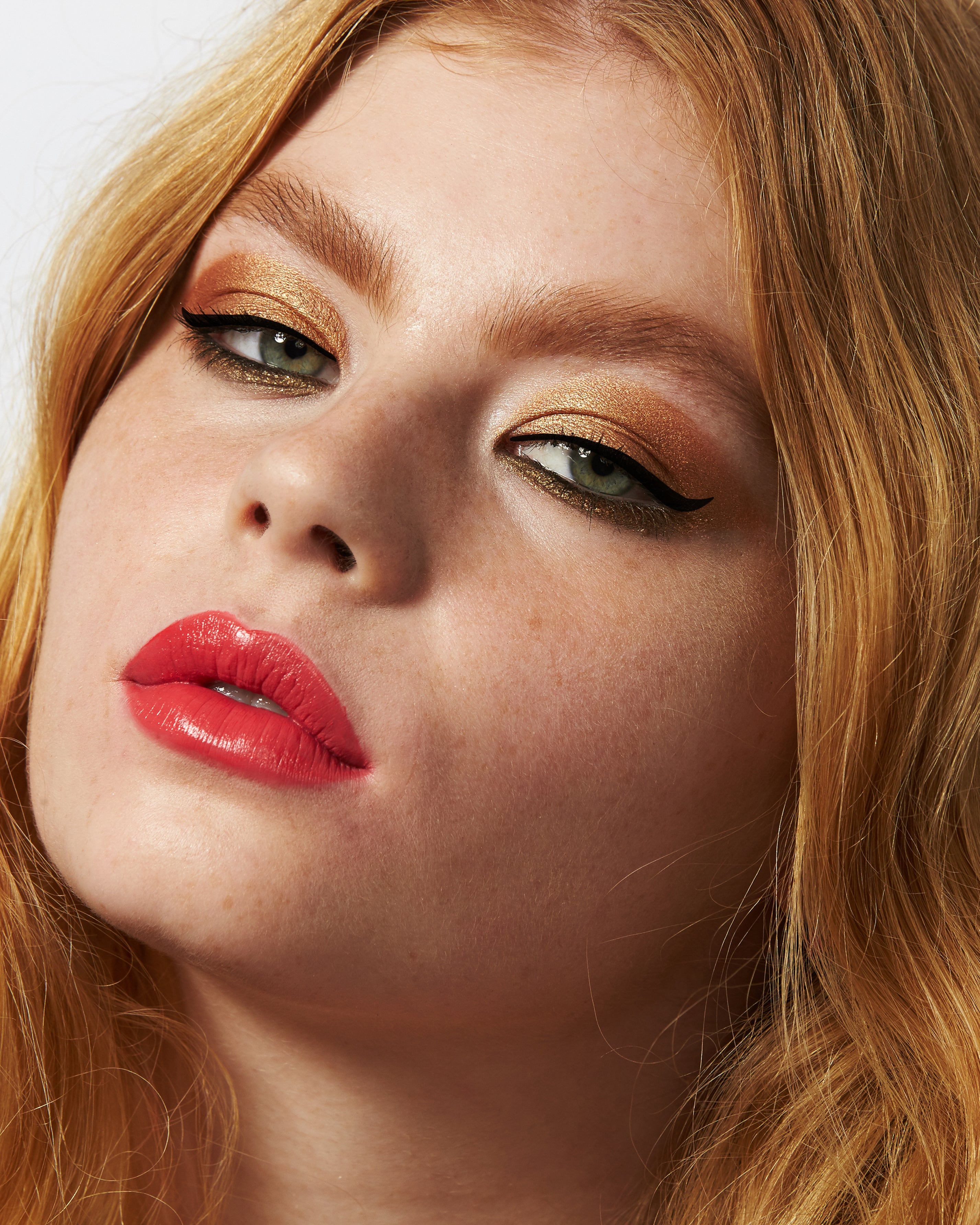As a vegan brand, we ban all animal-derived ingredients from our products. We know from experience that you do not need animal products to create super- pigmented, luxuriously indulgent cosmetics. In fact, let's be real - there is nothing glam or luxurious about animal by-products. Not a thing.
Are Most Cosmetics Vegan?
With all the buzz around vegan cosmetics, it may seem like all your fave makeup items are probably vegan. Because really, what animal product could you possibly need in your eyeshadow? While it’s true, vegan options are growing (by 175% in the last 5 years according to GNPD), the truth is, non-vegan ingredients are still very common in cosmetics.
Keep reading for the top 7 non-vegan ingredients you may find in your average eyeshadow, plus:
- Vegan alternatives that serve the same purpose + what we use.
- How to tell if a product is vegan.
- Why companies are still using non-vegan ingredients.
- What you can do to help the cause.
Non-Vegan Ingredients You'll Find In Most Eyeshadows
1. Carmine
Carmine is a vibrant red pigment obtained from crushing up female cochineal insects (beetles). It’s used to add bright red coloring to eye makeup, lipsticks, and nail polish.
- Also Known As: Carminic Acid, Cochineal, Crimson Lake, CI 75470, E120.
- Vegan Alternatives: Iron Oxides, Fruit and Vegetable Dyes.
- What We Use: Crystal infusions! Our palettes get their saturated shades from a variety of different crystal and gemstones powders:
- Rose Quartz Crystal Gemstone Palette: Infused with Rose Quartz.
- Crystal Grid Gemstone Palette: Infused with Diamond, Amber, Sapphire, Topaz, Amethyst, and Tourmaline.
- Summer Solstice Palette: Infused with Ruby, Topaz, and Amber.
- We also use synthetic Iron Oxides as colorants. We choose synthetic in this case to avoid heavy metals present in natural Iron Oxides.

2. Glycerin
Derived from animal fats, Glycerin is used as a skin softener/smoother in cosmetics and skincare. It’s one of the most commonly used ingredients in personal care products.
- Also Known As + Derivatives: Ethylhexylglycerin, Glycerides, Glyceryls, Glycreth-26, Polyglycerol.
-
Vegan Alternatives: Coconut Oil or Soya Oil.
Plant-derived versions may also be labeled as simply ‘Glycerin’ so your best bet is to contact the company or look for a certified vegan label. - What We Use: Organic & Fair Trade Coconut Oil and Shea Butter.
3. Tallow
Very common in eyeshadows, foundation, and lipstick, Tallow is fatty tissue from cows or sheep. It is used as a skin conditioner and stabilizer.
- Also Known As + Derivatives: Sodium Tallowate, Tallow Imidazoline, Tallow Acid, Tallow Amide, Tallow Amine, Talloweth-6, Tallow Glycerides.
- Vegan Alternatives: Vegetable Tallow, Japan Tallow, Paraffin, Ceresin.
- What We Use: Ethylhexyl Stearate.
4. Guanine
Guanine is derived from the scales of fish; it’s what gives them their shimmery appearance. It’s used in shadows, blush, highlighters, and bronzers for the same iridescent effect.
- Also Known As: Pearl Essence or CI 75170.
- Vegan Alternatives: Mica, Rayon, Bronze Powder, certain Legumes, or Synthetic Pearl.
- What We Use For Shine In Our Shadows: Crystal Infusions, Bronze Powder, and Synthetic Mica. Our crystal infusions are our unique secret for the light-reflective effect in all our shadows. We choose synthetic mica because of the rampant child-labor trade in mica mining. Stay tuned for a full blog on this topic later.
5. Squalene
Derived from shark liver oil, Squalene is used as a moisturizing agent. It's found in eye makeup, hair products, foundations, lipstick, sunscreen, body powders, and skin care products.
- Also Known As + Derivatives: Shark Liver Oil, Squalane.
-
Vegan Alternatives: Plant-based oils like Olive Oil or Rice Bran Oil.
Both Squalene and Squalane can be plant or animal-derived but may not be specified, so again - watch out for a vegan certification. - What We Use: Organic & Fair Trade Shea Butter.
6. Caprylic Acid
Caprylic acid is a fatty acid found in the milk of some animals. It serves as an antimicrobial and antifungal agent, essentially helping to preserve a product.
- Also Known As + Derivatives: Caprylyl Glycol.
- Vegan Alternatives: Coconut Oil and Palm Oil.
- What We Use: Organic & Fair Trade Coconut Oil.

7. Stearic Acid
If derived from animals, Stearic Acid is fat from cows, pigs, sheep, and dogs + cats in laboratory settings. It's used as a surfactant and/or emulsifier.
- Also Known As + Derivatives: Isostearyl Neopentanoate, Stearamide, Stearamine, Stearates, Stearic Hydrazide, Stearone, Stearoxytrimethylsilane, Stearoyl Lactylic Acid, Stearyl Betaine, Stearyl Imidazoline.
-
Vegan Alternatives: Cocoa butter and Shea Butter.
Plant-based versions may also be listed as ‘Stearic Acid’ but may be identified as ‘plant-derived’ below the ingredient list. - What We Use: Organic & Fair Trade Shea Butter.
Your Typical Eyeshadow Ingredient List
The non-vegan ingredients are in bold below. Most of these are very common in conventional eyeshadows and other cosmetics.
Polyethylene Terephthalate, Calcium Titanium Borosilicate, Squalane, Hydrogenated Styrene/ Isoprene Copolymer, Ethylhexylglycerin, Calcium Sodium Borosilicate, Glass Beads, Silica, Synthetic Fluorphlogopite, Talc, Tin Oxide, Polyurethane-11, Caprylyl Glycol, [+/- Mica, Titanium Dioxide (CI 77891), Iron Oxides (CI 77491), Iron Oxides (CI 77492), Iron Oxides (CI 77499), Aluminum Powder (CI 77000), Bismuth Oxychloride (CI 77163), Blue 1 (CI 42090), Blue 1 Lake (CI 42090), Bronze Powder (CI 77400), Carmine (CI 75470), Chromium Hydroxide Green (CI 77289), Chromium Oxide Greens (CI 77288), Copper Powder (CI 77400), Ferric Ammonium Ferrocyanide (CI 77510), Ferric Ferrocyanide (CI 77510), Manganese Violet (CI 77742), Ultramarines (CI 77007), Yellow 5 (CI 19140), Yellow 5 Lake (CI 19140)]
How To Know If Its Vegan
What makes this difficult is that many of these ingredients could be derived from either plants or animals and will be labeled the same. Also, as you can see above, many of these ingredients can be labeled countless different ways.
The terms ‘vegan’, ‘plant-based’ or even ‘cruelty-free’ are not regulated and can be used whether it's true or not. There are also many vegan logos that are not regulated and require zero verification. Your best bet? Look for the trusted certified-vegan symbols below to be sure all ingredients are plant-derived.
Trusted Vegan Symbols

Vegan vs Cruelty-Free
Did you know that a product can be cruelty-free and still use animal products in their formula? And the reverse is also true - a brand could use all vegan ingredients but still conduct animal testing. To be sure, look for both cruelty-free and vegan verified certifications on the product label or website.
What About Natural Products? Are They Mostly Vegan?Many people assume that since a product is natural or 'green', all of the ingredients must come from nature, ie: plants. The truth is, brands still consider animal-products natural because they are not synthetically created. Crazy, right?
Why Do Companies Still Use Animal Products When There Are Plant-Based Options Available?
The two main reasons: cost and time. Plant-based options usually cost more than these readily available animal by-products so companies opt for the least-costly option. Also, reformulating a non-vegan product takes time, and ultimately, money.
What You Can Do As A Consumer
The main catalyst that will encourage brands to switch to vegan: us as consumers. When customers will no longer purchase animal-derived products, companies will have no choice but to make the switch. And the good news is: the change is already happening and it’s gaining momentum. Let’s eliminate the need for label reading & vote with our dollars until vegan isn't even a question.
For a full list of non-vegan ingredients to avoid in cosmetic, personal care, food, and pharmaceutical products, visit PETA’s directory.
We hope this helped in your quest to #chooseveganbeauty! If you have any comments or questions, we’d love to hear from you. Leave us a comment below or send us an email.
-ĀTHR Beauty xo


